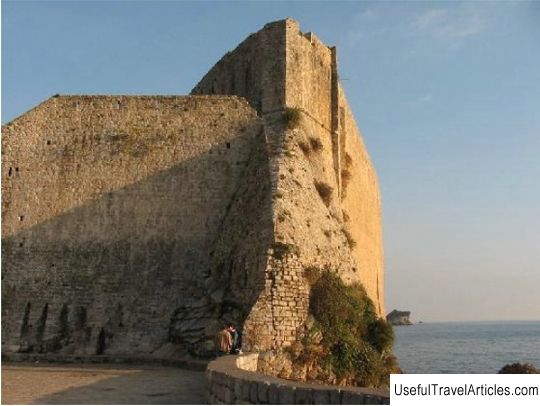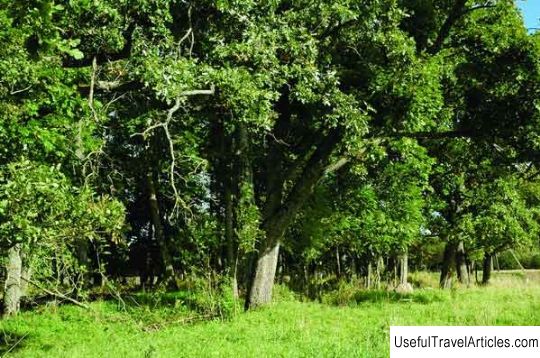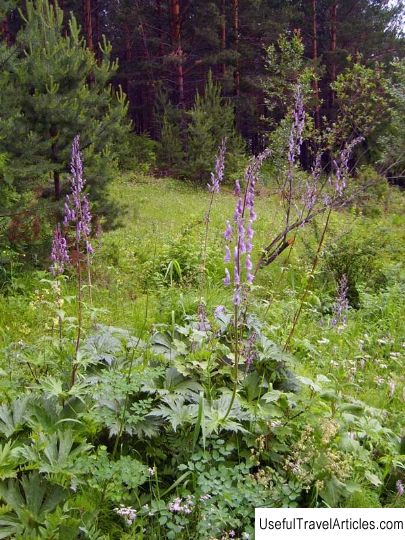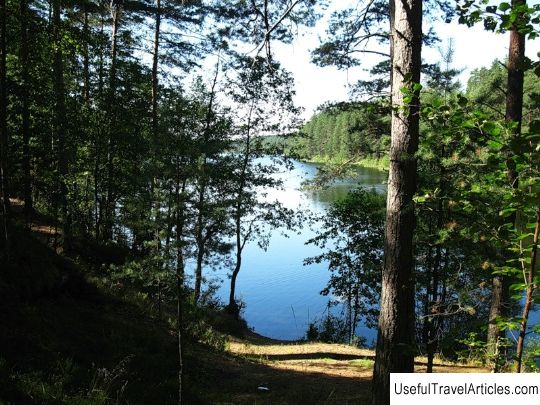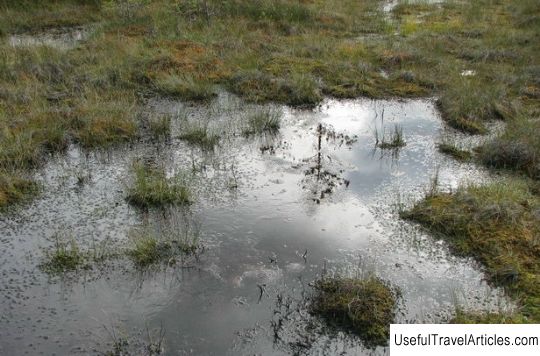Nature reserve ”Kotelsky” description and photo - Russia - Leningrad region: Kingiseppsky district
Rating: 8,6/10 (1044 votes) 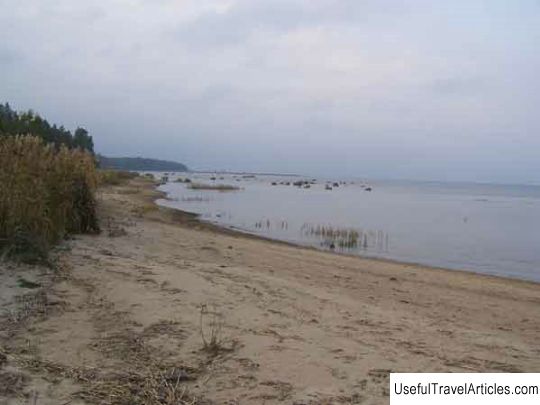
Nature reserve "Kotelsky" description and photos - Russia - Leningrad region: Kingiseppsky district. Detailed information about the attraction. Description, photos and a map showing the nearest significant objects. Photo and descriptionThe Kotelsky nature reserve is located in the Kingiseppsky district of the Leningrad region. The territory of the reserve has a somewhat elongated shape and extends in the south-west direction from the central coast of the Koporskaya Bay, which belongs to the Gulf of Finland, for almost 30 km. The state reserve "Kotelsky" was formed in 1976 and today contains regional significance. The goal of creating the reserve was to preserve the diversity of woody vegetation, including oak forests near the northern border, as well as natural objects of the glacial landscape. In addition, biological diversity and the hydrological regime of lake ecosystems are regulated. The total area of the natural site is more than 12 thousand hectares, including more than 3 thousand hectares of lake water area and about 50 hectares of water surface of the Gulf of Finland. The territory of the natural complex is surprisingly rich in lake systems, because there are five lakes on its territory. Glubokoe, Babinskoe and Kopanskoe lakes are the so-called fragments of the oldest river valley. The depth of the Deep Lake is 22.5 m; the second deepest lake Kopanskoe is 16 m deep, and the rest of the lakes are only a few meters deep. Forests are represented by blueberry and sorrel spruce forests with some admixture of linden, oak, maple; in the undergrowth area you can see hazel and wolfberry. The herbaceous layer of the reserve is represented by spring rank, lungwort, liverwort, amazing violet, runny and many other oak plants. A small area is occupied by an oak forest with a predominance of starfish. In the heather and lingonberry pine forests, there are southern-boron species, represented by the bunchy kachim, sandy carnation, and spiky Veronica. Some area is allotted for bracken-reed birch forests, aspen forests. It should be noted that the most widespread are black alder swamps interspersed with calla and some other bog types, for example, sedge-sphagnum, sedge, birch-sphagnum, dwarf shrub-sphagnum with an admixture of pine. The sandy coast of the Gulf of Finland is especially rich in coastal rank, sandy hairline, seaside swan species. The shallow lake waters abound with plants rare for this area: Dortman's lobelia, the finest caulinia, and several species of half-ears. It is worth noting that the natural conditions of the Kotelskoye reserve have an exceptional variety, which leads to an incredible wealth of representatives of the animal world. All five lakes of the reserve are rich in rudd, bream, roach, crucian carp, bleak, and ruff. Some time ago, lakes were treated with ichthyocide, after which they were used to develop gira, peled and carp. Kopanskoye Lake has a very developed cage economy, characterized by the cultivation of rainbow trout. Among the representatives of large mammals in the area of the nature reserve you can find roe deer, elk, bear, wild boar, wolf; the common marten, raccoon dog, fox, badger, ermine, black polecat, garden dormouse and flying squirrel are especially common. There are five species of bats on the territory of the reserve. As for rare bird species, the osprey, lesser spotted eagle, little owl, eagle owl, green woodpecker, corncrake, nutcracker and white-backed woodpecker can be noted among them. The abundance of the black woodpecker, the nightjar and the miser's thrush, which are more common in pine forests, is especially high. On the lakes, you can see many nests of black-headed gull, great crested grebe, river tern, great merganser, crested duke, carrier and gogol. On the territory of the nature reserve, it is strictly forbidden to make fires in the wrong places, to tap trees and prepare firewood, to park and drive vehicles in the forest and lake areas, to pollute territories, lakes and rivers with garbage and other waste. Nightjar and Missel thrush, which are more common in pine forests. On the lakes, you can see many nests of black-headed gull, great crested grebe, river tern, great merganser, crested duke, carrier and gogol.     We also recommend reading Inverness Castle description and photos - Great Britain: Inverness Topic: Nature reserve ”Kotelsky” description and photo - Russia - Leningrad region: Kingiseppsky district. |
